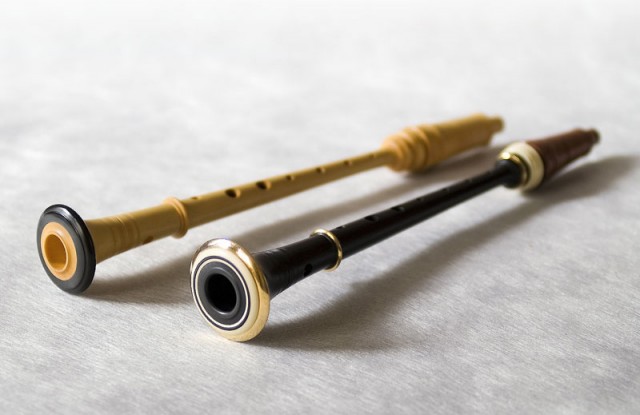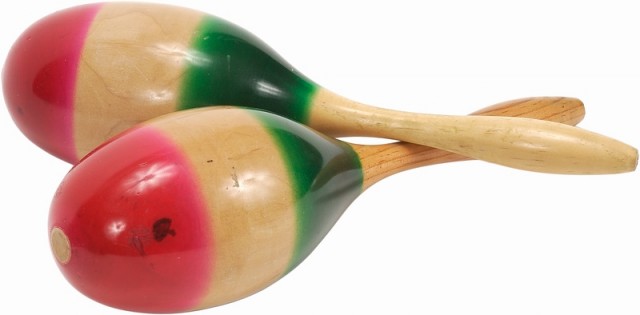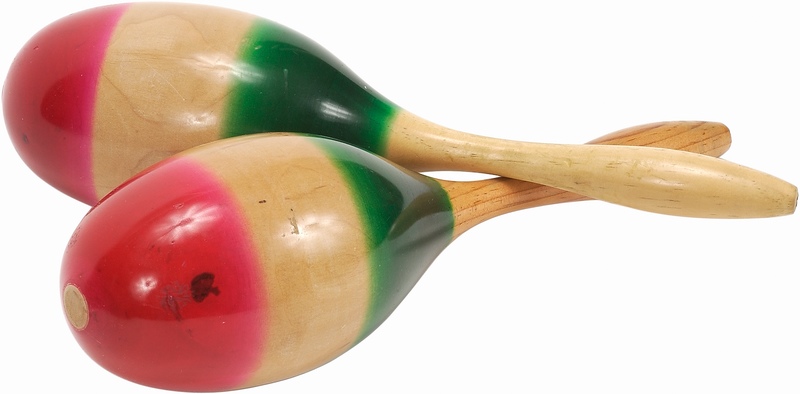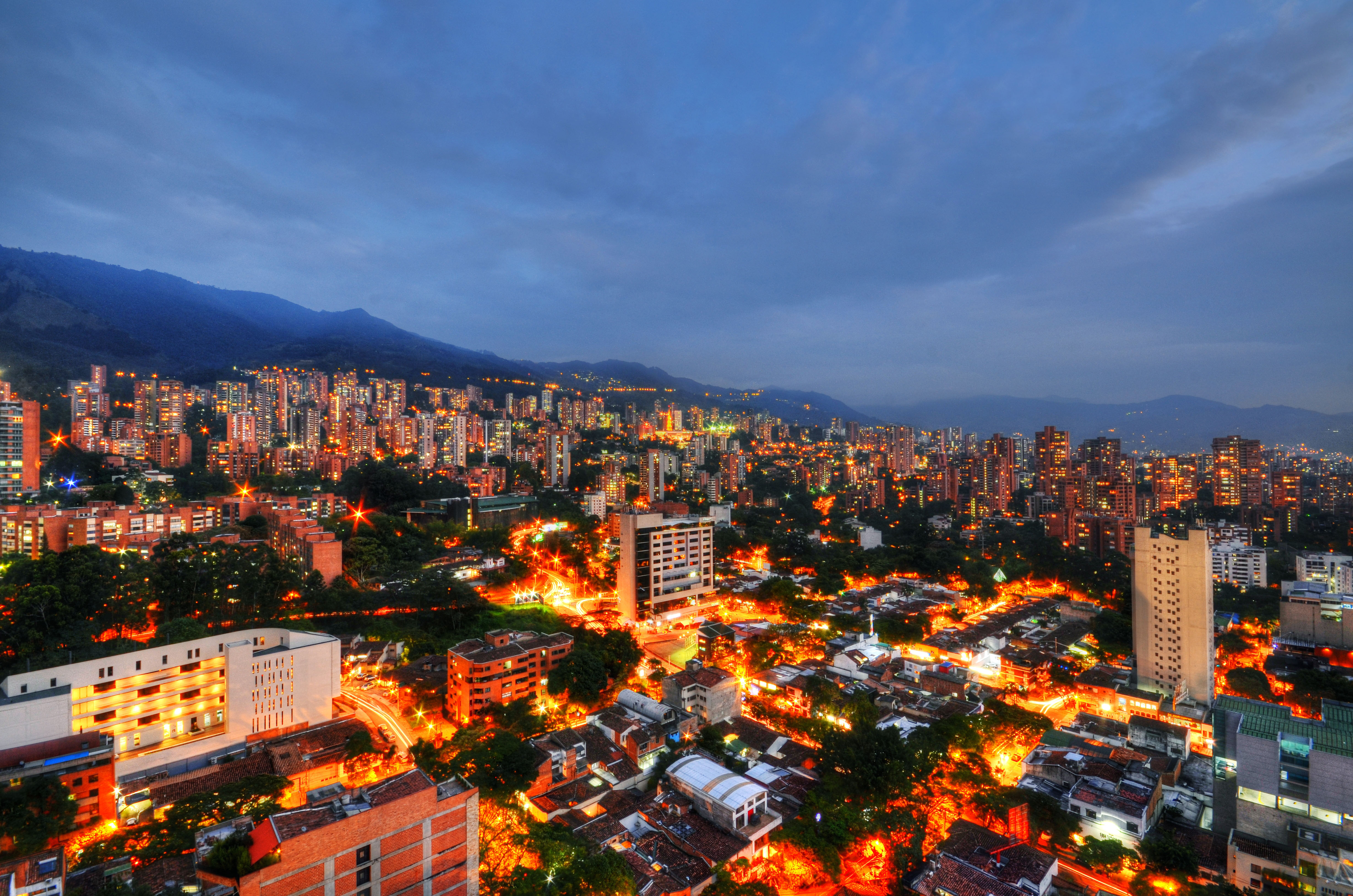
Cumbia is the heartbeat of Latin America, and one of the region’s most popular music genres.
Like most of the music in Colombia, cumbia originated from the Caribbean coast and was a fusion of native music and African found in the northeast of Panama and the coastal town of San Basilio in Colombia during the Spanish colonial times.
It’s even referred to in historical references and newspapers dating back to the 19th century where slaves use to dance to cumbia in houses.
Influenced by salsa and samba, cumbia moves can be danced to a salsa beat. Although not as popular as vallenato, it’s popularity has now spread through the continent from Argentina to Mexico and even as far as North America for those looking for an alternative to salsa.
It is thought that the basic beat evolved from Guinean cumbé music with later influences from New World instruments such as Millo and Gaita flutes and the guacharaca (an instrument similar to the güiro).
Traditionally played with African drums, maracas and flutes (gaitas), cumbia has now incorporated the sounds of a guitar and even the accordion.
Although it began as a courtship dance, it was later mixed with European instruments as well as African.

The percussion came from West African roots and used the tambour mayor which was a drum carved out of a log with animal skin across the top.
There was also the tambour llamador, a smaller version and the tambour which was a two-headed drum that was played with sticks. But Cumbia wouldn’t be cumbia without maracas and a bamboo tube filled with seeds called the gauche.
Nowadays, there are two different types of cumbia. Those who use the traditional cactus wood flutes called “gaitas” and those who use purely percussion instruments called “conjunto de cumbia.”
The Music
The basic step in cumbia is called the back-break basic and has a 2/4 rhythm.
It’s often danced within a circle or a circular pattern called the Columbian.
Cumbia used to be seen as an inappropriate dance being too “sexualized” between men and women. It was a courtship ritual that provided a social interaction between the indigenous Colombians and people of African ancestry.
In the mid-20th century, Cumbia made its way to Medellín and Bogotá via musicians such as Pacho Galán and Lucho Bermudez (with his Orquesta del Caribe), although it wasn’t in its traditional form.
From the 1960s, the music was made simpler with electric instruments such as organ and bass.
Then in the 1990s, DJs from Mexico City modified it and created a variant of cumbia called cumbia sonidera with an organ melody.
This also has the emphasis on electronics within the sounds for the voice and pitch which the DJs were able to do.
One of the legends in cumbia is Armando Hernandez’s born in 1945 who sang the famous song: “La Zenaida.”
As well as mastering how to play the accordion, he also learned how to play the guacharaca.
Totó la Momposina is one of the popular cumbia singers from native Colombian descent.
Her music is inspired by the mix of Native Indian, African and Spanish. Her most popular song is El Pescador.
Other popular Cumbia groups are One Republic and Juanes as well as Thalía and Ninel Conde, Mexican singers.
It’s also known to be mixed with swing as The Medellin Bopper by Minimatic shows.
To learn cumbia in Medellín, Dance Free offer private dance classes to learn this popular dance.
For social dancing, try one of Medellín’s many crossover clubs. Find the good ones in Medellin Living’s nightlife guide.











